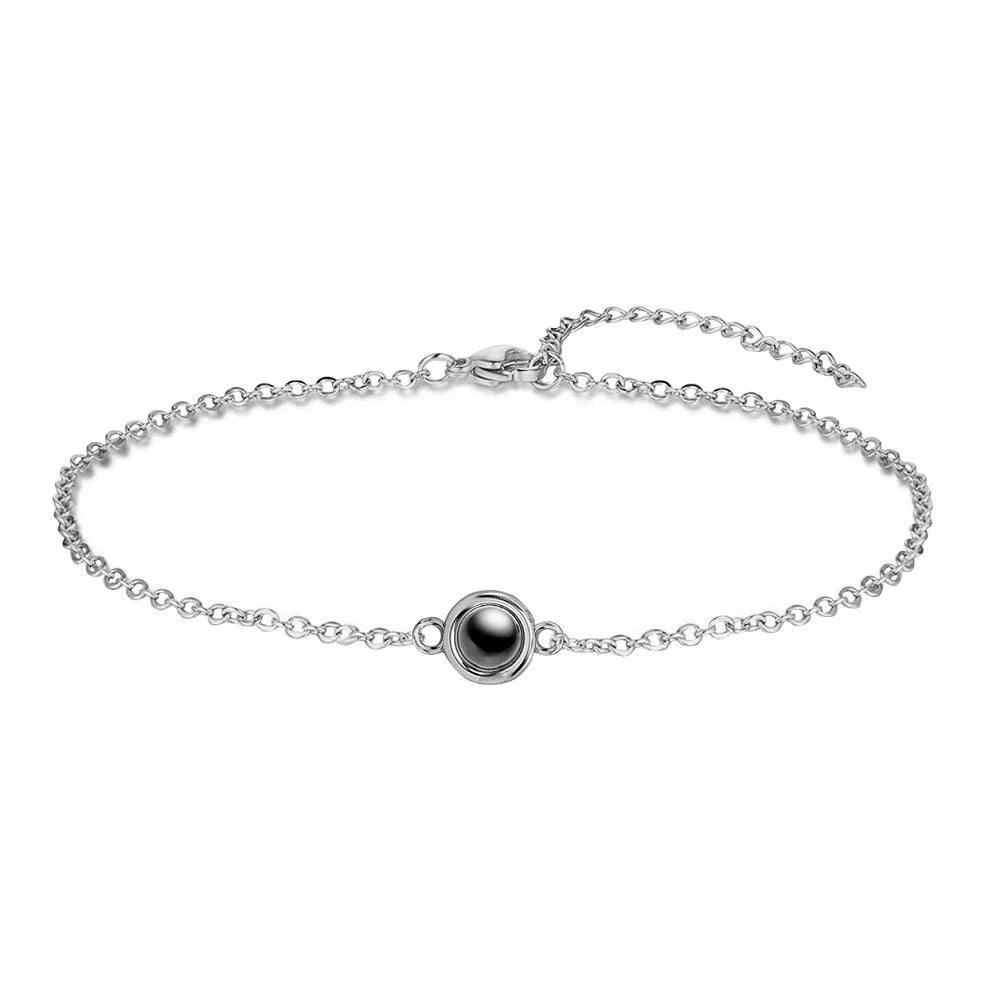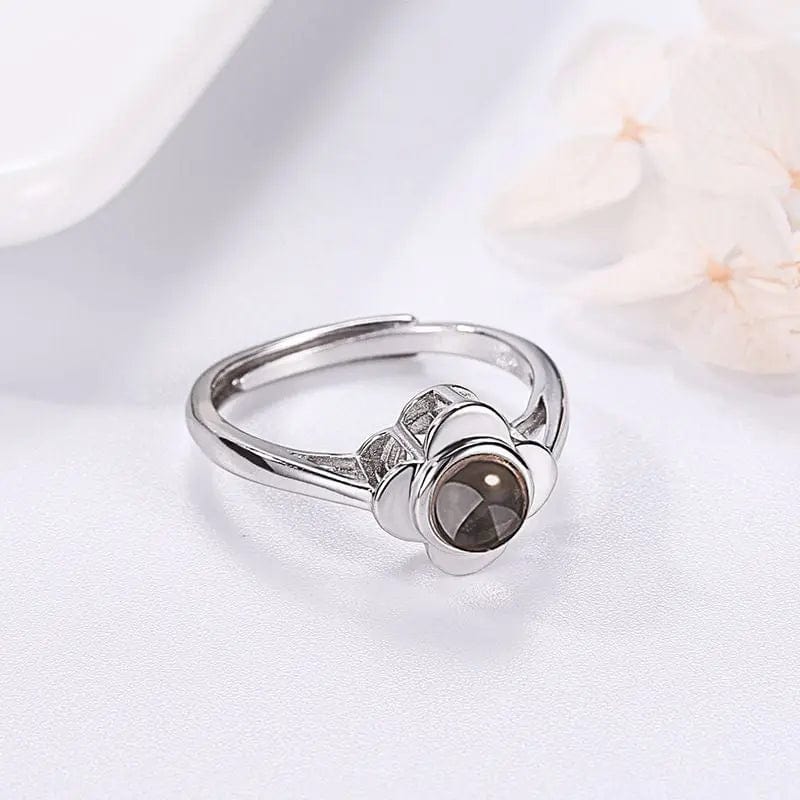Understanding "Wearing the Pants" in a Relationship
When people talk about one partner "wearing the pants" in a relationship, they are often referring to the idea of one person having more control, power, or influence in decision making within the relationship. This concept has evolved over time and no longer solely applies to gender roles, but rather to a dynamic of power within a partnership.
Gender Roles and "Wearing the Pants"
In traditional gender roles, the phrase "wearing the pants" was often associated with men, who were seen as the primary decision makers in a relationship. However, as society has progressed and gender roles have become more fluid, the idea of one partner "wearing the pants" can apply to anyone regardless of gender.
Power Dynamics in Relationships
Power dynamics in a relationship can be complex and may shift over time based on circumstances and individual strengths. It's important for both partners to feel empowered and respected in decision making, rather than one person dominating the relationship.
Communication and Compromise
Healthy relationships are built on open communication and collaboration. Both partners should feel comfortable expressing their needs and desires, and be willing to compromise in order to find mutually beneficial solutions. This can help prevent one partner from "wearing the pants" at the expense of the other's happiness.
Role of Jewelry in Power Dynamics
While jewelry may seem like a superficial aspect of a relationship, it can actually play a symbolic role in power dynamics. For example, giving a partner a piece of jewelry can be a gesture of love and commitment, but it can also be a way of showcasing one partner's financial or emotional investment in the relationship.
Conclusion
Ultimately, "wearing the pants" in a relationship should not be about controlling or dominating the other person, but rather about finding a balance of power that respects both partners' needs and desires. Open communication, mutual respect, and a willingness to compromise are crucial for maintaining a healthy and equal partnership.



